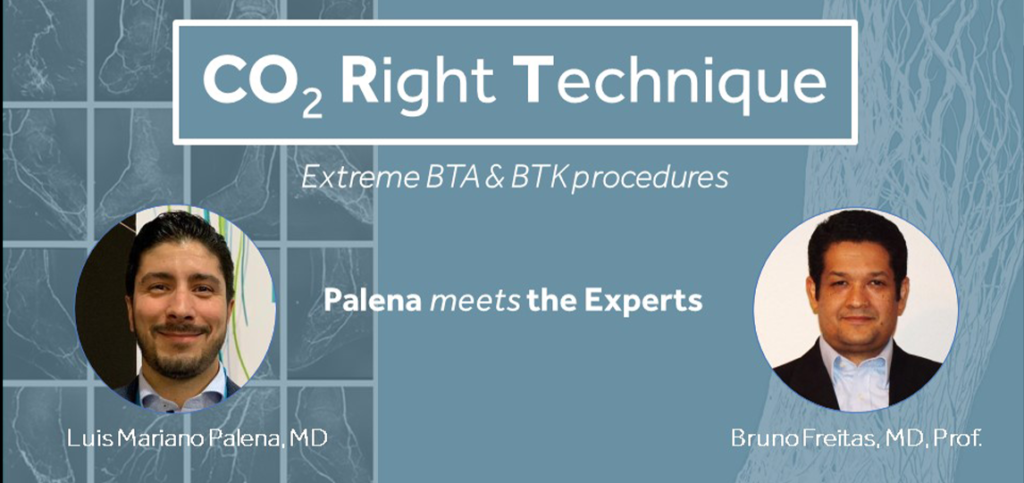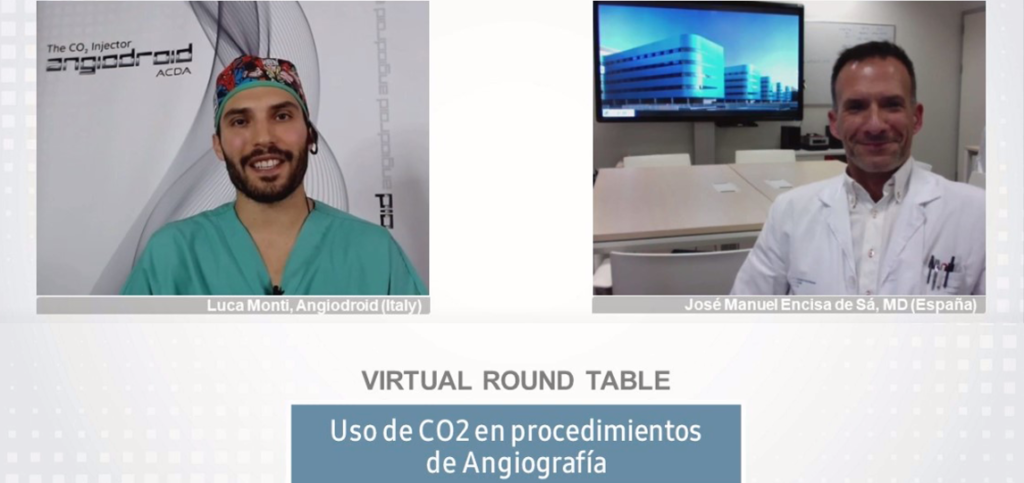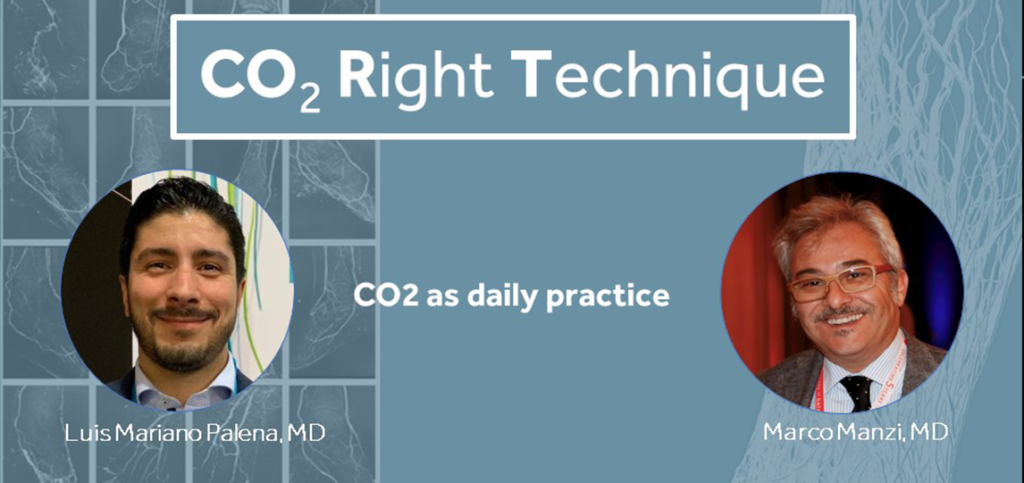Round Tables, Live Cases, EVAR, Presentations
CO2RT – Virtual Round Table #3 - Aortic Imaging
This is the third Live Round Table about the CO2RT – CO2 Right Technique, held on May 21, 2020.
Two exceptional speakers, Prof. Mauro Gargiulo and Dr. Nilo J Mosquera, will lead a discussion on the use of CO2 as first imaging agent in #EVAR and #FEVAR procedures.
00:01 – CO2 Angiography in Endovascular Aortic Repair (Dr. Gargiulo)
00:53 – EVAR and renal disfunction
04:11 – Standardization of a CO2 Automated System for AAA
06:37 – Type II endoleak detection with CO2 vs ICM
08:29 – CO2 Angiography in FEVAR/BEVAR
13:34 – Acute Kidney Injury in COVID-19
15:07 – Contrast-less Complex Aortic Endovascular Repair: How to do it? (Dr. Mosquera)
16:31 – Techniques to reduce the ICM in the intraoperative therapy
18:47 – Case Presentation: tips and tricks for the use of CO2 in EVAR
20:40 – Pre/Intraoperative patient preparation
21:57 – Intervention & Postprocessing techniques
28:50 – Final results & type II endoleak detection
30:00 – Take home message
31:23 – Question #1 (poll): In case of posterior distal renal artery, do you laterally tilt the patient to enhance its visualization?
33:44 – Question #2 (poll): Which contrast media allows you to better see type II endoleaks?
35:56 – Question #3 (poll): Which kind of introducer/catheter is your first choice for injecting a contrast medium in Aorta during complex EVAR/FEVAR procedures?
37:15 – Question #4 (poll): Which is your main concern related to systematic use of CO2 in aortic surgery?
40:51 – Question #5: Do you have any tips about how to inject CO2 during complex aortic procedures? Long sheaths, catheters or pig tails?
43:11 – Question #6: Is it dangerous to inject above the celiac trunk with the pigtail when I want to see the position of the celiac trunk in a branched or fenestrated prothesis?
47:07 – Question #7: Do you think post-processing and CO2 dedicated software is mandatory for diagnostic CO2 Angiography?
49:07 – Question #8: What could be the percentage of patients that can be “shifted” from iodine to CO2 by following your tips and tricks?
52:02 – Question #9: Which is the most important complication that you have had using CO2 in aortic disease?
54:15 – Question #10: Is there a maximum amount of CO2 which can be considered harmful for the patient?
56:35 – Question #11: Is CO2 easy to use in FEVAR procedure? How long could be the learning curve?
59:59 – Final Remarks


